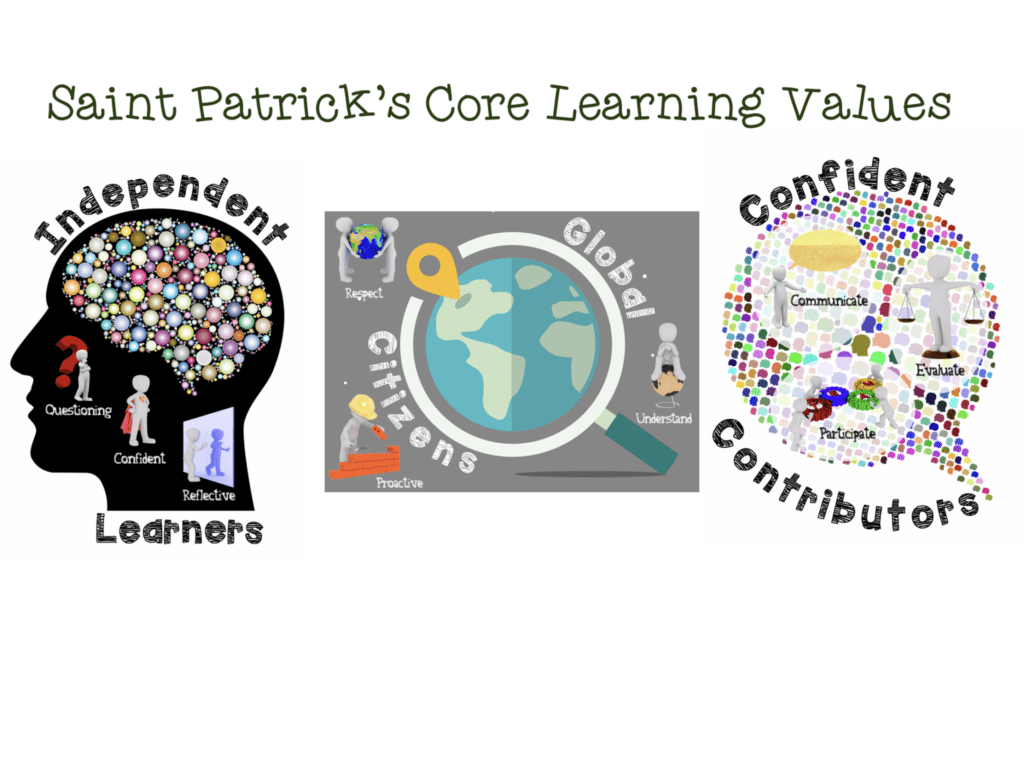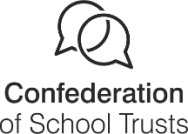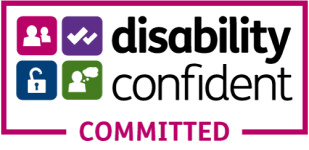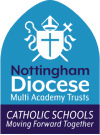At Saint Patrick’s we follow a persoanlised, adapted version of the White Rose maths schemes of learning to meet our children’s learning needs. Follow this link to the white rose website which gives details on what children will know in each topic or look below for our yearly overviews. Each lesson consistent of three part: Fluency, Reasoning and Problem Solving.
Maths
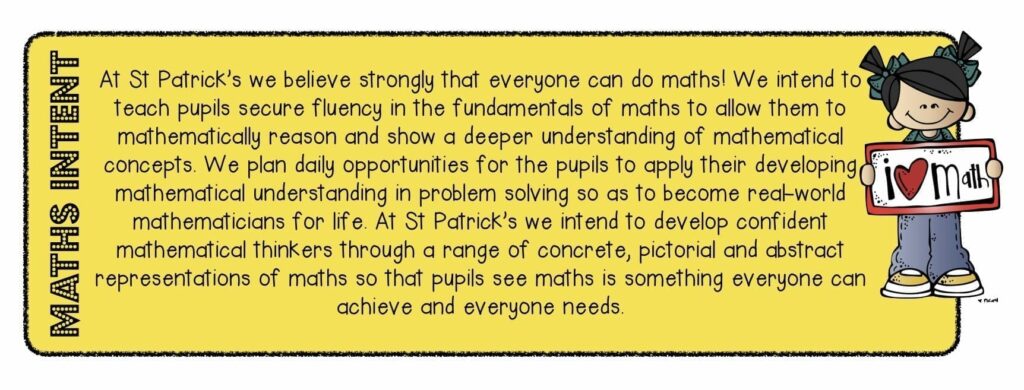
Fluency
Fluency is the part of the lesson where we try to get to grips with the concept. How do we do that skill? How does division work? What is happening to the numbers? We use three parts to this too. These are called Concrete, Pictorial and Abstract.
Concrete
Concrete is where we use actual physical resources to show the concept. For example, to show addition, we may have some green cubes and then count out some blue cubes and then move them together to show how many cubes there are altogether. All the time modding the language we will be using for addition such as more, addition, altogether.
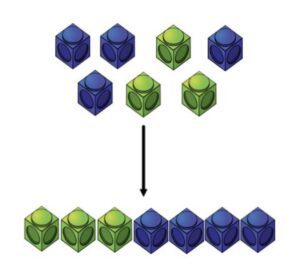
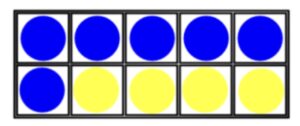
Pictorial
Pictorial is where we use picture representation instead of the actual objects. For example, to show number bonds to 10 we could use a tens frame (a blank grid split into 10) and place a number of counters inside. We would then ask the children how many more to fill the tens frame. This helps children build up a picture bank in their minds of the maths concepts. Research has shown that our visual memories are practically limitless so this visualisation helps children to store maths facts and play with maths knowledge.
Abstract
Abstract is probably what people are most familiar with, the numbers and writing down of maths. There are lots of ways we do this, for example, sums, long multiplication, column addition etc. But children only understand what is happening in these number sentences if hey have understanding of what happens in the concrete and pictorial stages. Otherwise children see these as an abstract, bizarre process where they struggle to understand the steps and this is when we develop mathematicians who think they can’t do maths. The concrete and pictorial representations are vital to true understanding of maths and being able to do abstract maths all the way up to year 6.
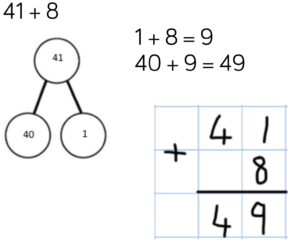
Please click the link below to see the White Rose Maths concrete, pictorial and abstract maths examples that will explain these steps further and may give you some ideas to try at home.
Early number sense is key to having a strong foundation in mathematics. If you have any free time at home a 10minute episode of Number Blocks on CBeebies is a fantastic use of your time. The creator of the show works for the National Centre of Excellence in Teaching of Mathematics (who created the White Rose scheme) and they provide all the parts of concrete, pictorial and abstract fluency in a fun, engaging and accurate way. https://www.bbc.co.uk/cbeebies/shows/numberblocks
As part of fluency there are some facts that are helpful to have as rapid recall facts. Facts they just know rather than needing to work out. In KS1 number bonds to 10 are very important and for KS2 times-tables are essential. We practise daily in school using times tables rock stars, and the children’s times are increasing rapidly! Remember you can also play online or using a phone or tablet via the app. https://www.ttrockstars.com
Reasoning
Giving reasons and being able to explain why numbers do what they do is a key part to being a successful mathematician. At Saint Patrick’s we use our Maths Masters to show we have mastered a maths concept and can explain and give reasons. This section of our work is all about being able to answer these kinds of questions.
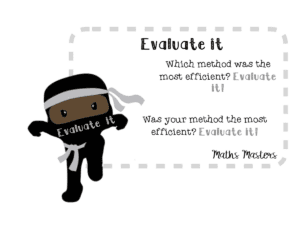
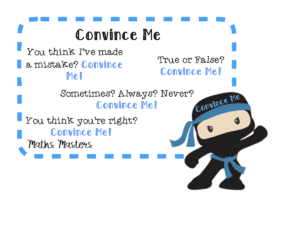
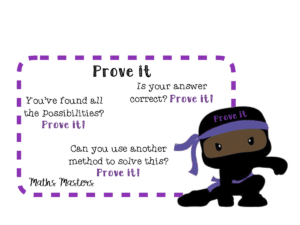
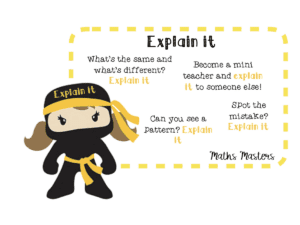
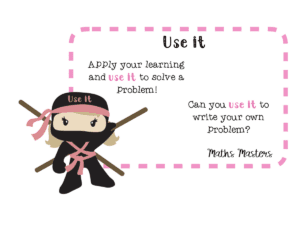
Problem Solving
Here children will apply their learning in a real life maths problem because realistically we are preparing our children for life, not tests, where mathematics happens naturally every day. Here are a few examples of problem solving activities.
Why not have a go at giving your child some real life maths problems at home? For example, when shopping ask your child to add two items together, tell them your gong to pay with a five ounce note and ask them to work out the change. When pouring your cereal, show children the box and say the box weighed 500g when full I’ve used half, how much is left? Time is also a great real-life maths example, why not ask your child to tell the time and if they do 20 minutes of cleaning up what time can they go and play outside?
Our Yearly Overviews
Here is what is taught in each year group. The skills build on what they have learnt the previous year and so that deep understanding is developed over time ensuring everyone can be a mathematician.
Helping At Home
It can be hard to help at home with all the ‘mathematical jargon’ that can come along with maths. Have a look at this mathematical lanaguge table to help. It comes with examples and shows how the learning builds on previous topics.
All learning at Saint Patrick’s is underpinned by our Core Learning Values.
